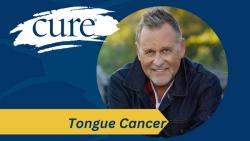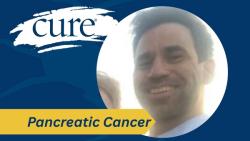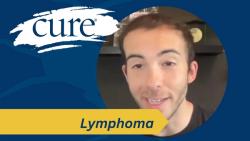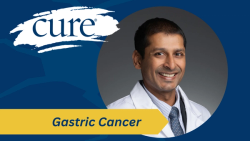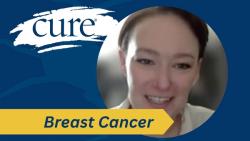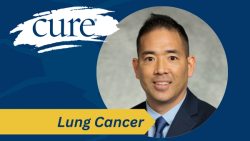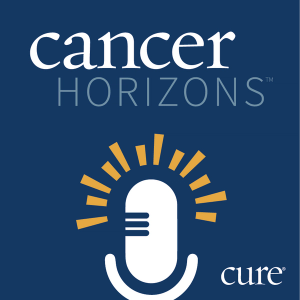Breaking Down Early Signs and Symptoms of Head and Neck Cancer
April is Head and Neck Cancer Awareness Month, and it is important to be aware of early signs and symptoms of the disease, as well as when to seek care.
April is Head and Neck Cancer Awareness Month, according to the American Association for Cancer Research, and it is important to recognize that approximately 4% of all cancer in the United States make up head and neck cancers.
Moreover, the National Cancer Institute estimates that 71,110 people in the United States were diagnosed with head and neck cancer in 2024, whereas 16,110 patients died from the disease. Based on these numbers, it is important to stay aware of your risks for the disease and what symptoms of head and neck cancer may include, Dr. Lillian Siu emphasized in an interview with CURE
Siu, a senior medical oncologist and clinical lead for the Tumor Immunotherapy Program at the Princess Margaret Cancer Centre in Toronto, Ontario, sat down for an interview where she discussed the early signs and symptoms of head and neck cancer that patients should be aware of, as well as when they should seek medical attention.
Siu also serves as the director of the Phase I Program and co-director of the Bras and Family Drug Development Program at the Princess Margaret Cancer Centre, where she also holds the BMO Chair in Precision Genomics. Moreover, she is a professor of medicine at the University of Toronto.
Transcript:
This is a complex disease because head and neck cancer covers many anatomical sites, all the way from the oral cavity — from the front to the back — which is what we call the oropharynx, including areas like the tonsils, the base of the tongue and the bottom of the tongue. Then, you go further down into the larynx, which is our voice box, and even to what we call the hypopharynx, near the top of our esophagus.
All of that is part of the head and neck. Therefore, the symptoms vary quite a bit depending on where exactly the tumor starts. Generally, many of these patients present with a lump in the neck because the primary tumor has spread to the regional lymph nodes. Patients, while shaving or feeling their neck, notice a lump, and that is very often how they present.
Now, of course, if they have a tumor in the tongue, they may feel an abnormality, or their dentist may pick up something because they saw something during a dental checkup. If the tumor is in the larynx, they can present with hoarseness or changes in the quality of their voice. Therefore, it really depends on the site where it started.
For more news on cancer updates, research and education, don’t forget to subscribe to CURE®’s newsletters here.
Related Content
 Newly Diagnosed with Stage 3 Oral Cancer? Here Is Your Comprehensive Guide
Newly Diagnosed with Stage 3 Oral Cancer? Here Is Your Comprehensive GuideDecember 21st 2025
 Loqtorzi Nearly Doubles Long-Term Survival in Nasopharyngeal Cancer
Loqtorzi Nearly Doubles Long-Term Survival in Nasopharyngeal CancerDecember 15th 2025
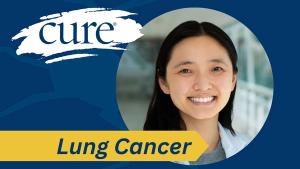 Expert Shares Advice for Navigating a New Lung Cancer Diagnosis
Expert Shares Advice for Navigating a New Lung Cancer DiagnosisNovember 27th 2025
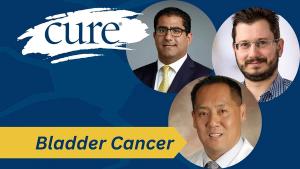 Experts Discuss Next Steps in Perioperative Bladder Cancer Treatment
Experts Discuss Next Steps in Perioperative Bladder Cancer TreatmentNovember 11th 2025
View additional resources on CureToday.com



